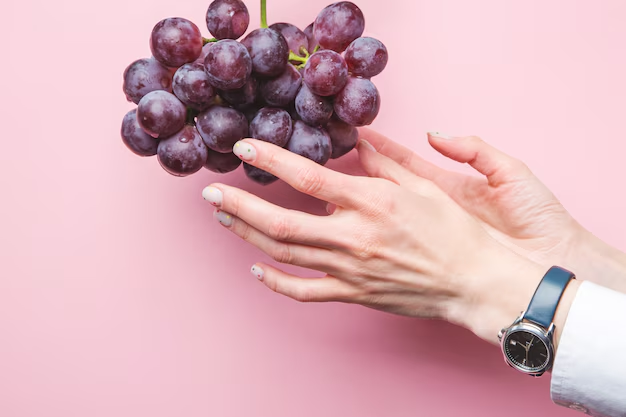The Surprising Truth About Grapes and Diabetes: Should You Indulge?
For those managing diabetes, understanding which foods to include in their diet is a critical consideration. Grapes often feature prominently in discussions about fruit consumption due to their natural sweetness and nutrient profile. But are grapes good for diabetics, or should they be avoided?
The Nutritional Profile of Grapes
Grapes are rich in essential nutrients including vitamins C and K, fiber, and a variety of antioxidants. These tiny powerhouses are also composed primarily of water, making them a hydrating snack option. However, it's their sugar content that often places diabetics on alert. Grapes contain natural sugar, primarily fructose, but because they also offer fiber, they have a moderate glycemic index score. This means they cause a slower increase in blood sugar compared to high-glycemic foods.
Benefits of Grapes for Diabetics
Moderation as Key: Consuming grapes in moderation can be beneficial. A serving size considered healthy is typically around 15 grapes. This portion allows individuals to enjoy the advantages without significant blood sugar spikes.
Antioxidant Boost: The antioxidants in grapes, primarily from the skin and seeds, help reduce oxidative stress and inflammation, which are crucial for managing diabetes-related complications.
Heart Health Support: Diabetes significantly increases the risk of cardiovascular diseases. Grapes contribute to heart health by improving cholesterol and blood pressure levels.
How to Include Grapes in a Diabetic Diet
- Avoid Juicing: Opt for whole grapes rather than juice, as juice lacks fiber and contains concentrated sugar.
- Combine with Protein: Pair grapes with a protein source like nuts or cheese to slow sugar absorption.
- Watch Portions: Measure grapes rather than mindlessly snacking to keep intake balanced.
Considering Financial Wellness Alongside Health
While focusing on dietary choices is essential, maintaining overall wellness requires financial stability, especially when managing a chronic condition like diabetes. For those looking to balance health and financial well-being, a variety of resources can provide support.
Explore Financial Assistance and Educational Opportunities
Taking control of diabetes involves more than dietary choices. Understanding available financial resources can alleviate some of the burden and allow more focus on health care.
- Government Aid Programs: Evaluate eligibility for diabetes-related medical coverage or supplemental nutrition assistance.
- Debt Relief Solutions: Seek advice on managing medical bills and reducing financial stress, preserving mental health.
- Educational Grants: Consider educational courses that provide knowledge on financial management and wellness.
Balancing healthy choices with smart financial decisions can make diabetes management a smoother, less daunting task. Empower yourself by staying informed about diet and finances.
- 💡 SNAP Benefits: Investigate qualifications for the Supplemental Nutrition Assistance Program for food aid.
- 💳 Medical Debt Relief: Consult services that specialize in negotiating or reducing medical debts.
- 🎓 Online Financial Literacy Courses: Engage in free or low-cost courses to boost your financial management skills.
- 📚 Diabetes Education Workshops: Attend local or virtual workshops for the latest diabetes management strategies.
- 🏥 Health Insurance Subsidies: Check for potential subsidies or tax credits on health insurance plans that cover diabetic care.
By making informed dietary choices and leveraging financial resources, individuals with diabetes can effectively manage their health and financial wellness.
